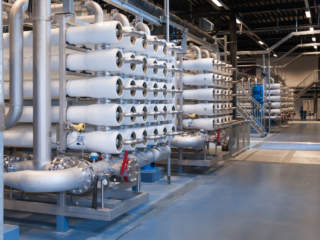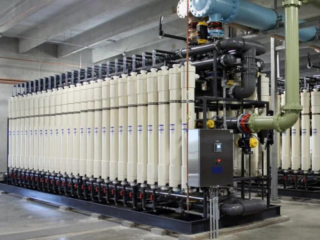Raw water supply sources for water treatment
Industrial access to water resources varies from region to region. Therefore, water sources such as rivers, sea water, well water and piped water are used as raw water for water treatment. In addition, surface water and water from industrial wastewater treatment are other sources of raw water supply. Depending on the source of the raw water, the quality of the raw water and the treatment method will be different.
Reverse osmosis removes contaminants from unfiltered water or feedwater when pressure forces it to pass through a semipermeable membrane. Water flows from the denser side (more pollutants) to the less concentrated side (less pollutants) of the RO membrane to provide clean drinking water. The fresh water produced is called filtrate. The remaining concentrated water is called waste or brine.
Ultrafiltration is a water purification process that uses a hollow fiber or a sheet membrane to mechanically filter water containing very small particles. An ultrafiltration drinking water system uses this super-thin membrane technology to filter particles down to 0.025 microns. This means that an ultrafiltration system works at a micro level and literally removes all suspended solids from the water.


